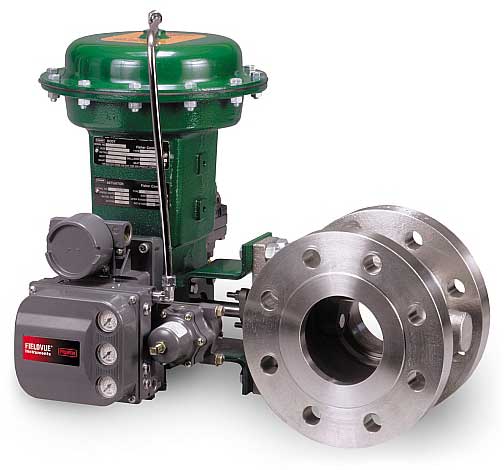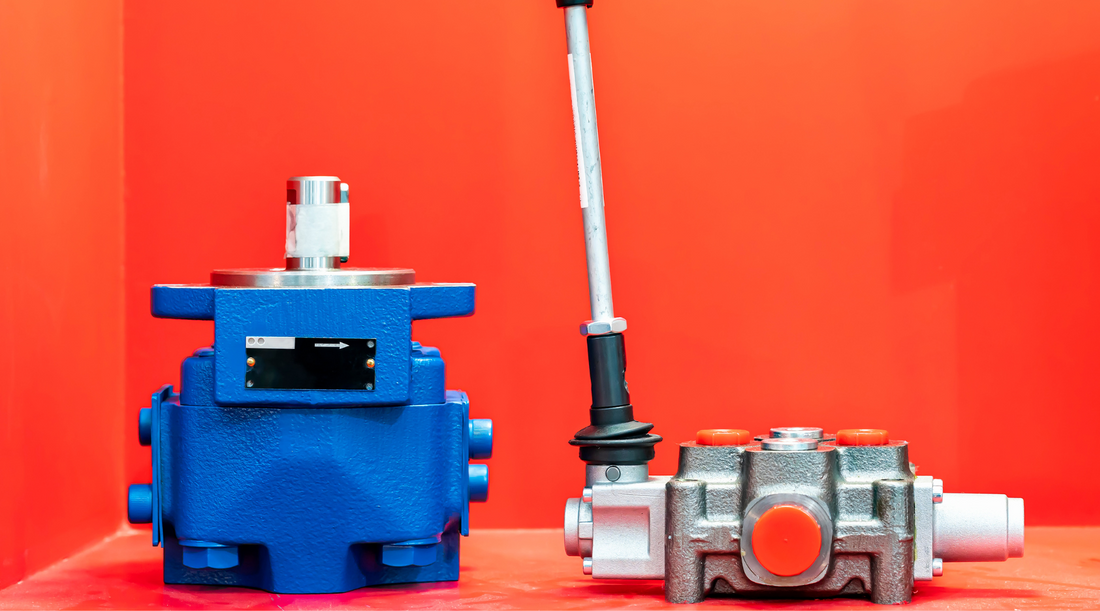Choosing the Right Control Valves: A Guide to Optimal System Performance
Choosing the Right Control Valves: A Guide to Optimal System Performance
Blog Article

Maximize Power Financial Savings and Convenience With Advanced Building Automation Controls
In the world of contemporary style and facility administration, the integration of sophisticated structure automation controls stands as an essential development. By using the power of automation, buildings can adapt, react, and develop in methods that were as soon as unthinkable.
Power Effectiveness Benefits
Power effectiveness advantages can considerably reduce power intake and functional expenses in buildings. Energy-efficient systems, such as innovative structure automation controls, can maximize the usage of resources like home heating, cooling, and lighting, leading to reduced power expenses over time.
Furthermore, boosted power performance can prolong the life-span of structure devices and systems. By operating extra effectively, a/c systems, lighting components, and other structure components experience much less damage, causing minimized upkeep and replacement prices. In addition, energy-efficient buildings typically regulate higher property values and rental rates, supplying long-term economic advantages to owners.
Moreover, power performance can improve occupant comfort and efficiency. Correctly managed indoor atmospheres with optimum lighting and thermal problems develop a more helpful and positive workspace, causing boosted employee contentment and performance. Overall, the energy effectiveness advantages associated with advanced building automation controls are diverse, incorporating cost savings, environmental stewardship, and resident wellness.
Improved Convenience Control
Enhancing comfort control in building settings needs an advanced assimilation of innovative automation systems for optimum passenger well-being. By making use of sophisticated building automation controls, centers can tailor the indoor environment to fulfill the particular demands and preferences of occupants. control valves.
By incorporating these sophisticated controls, buildings can not only improve convenience yet also boost energy efficiency by optimizing system procedures based on real occupancy and usage patterns. Eventually, focusing on resident convenience via sophisticated automation systems leads to a much more satisfying and much healthier interior environment.
Operational Effectiveness Improvements
In addition, the application of real-time surveillance and analytics tools makes it possible for building operators to identify power inadequacies and operational abnormalities promptly. By continuously monitoring energy use patterns and system performance metrics, adjustments can be made in real-time to maximize power usage and guarantee peak functional performance. control valves. Additionally, including need action approaches right into structure automation controls can better boost operational effectiveness by dynamically readjusting energy usage based on grid conditions and pricing signals
Indoor Climate Optimization
Efficient interior climate optimization is an essential facet of structure automation controls, ensuring passengers' comfort and wellness while taking full advantage of energy financial savings. By making use of sophisticated sensors and controls, constructing automation systems can continually keep an eye on and readjust temperature, humidity levels, air quality, and air flow to produce an optimal interior atmosphere. Preserving comfortable and constant problems not just improves owner fulfillment however likewise improves performance and general well-being.
Indoor environment optimization also plays a vital role in energy effectiveness. By fine-tuning air conditioning, air flow, and home heating systems based on real-time data and tenancy patterns, building automation controls can substantially lower energy intake - control valves. Carrying out methods such as demand-controlled air flow and thermal zoning can help minimize energy waste while making certain that each area of the structure obtains the essential conditioning.

Lasting Environment Production
Building automation manages not just enhance interior environment problems for energy efficiency and occupant comfort yet additionally lay the foundation for producing a lasting setting through strategic monitoring of resources and systems. By incorporating sophisticated structure automation technologies, such as sensors, actuators, and smart software my company application, facilities can readjust and keep track of power usage in real-time to decrease waste More Info and reduce their carbon impact. These systems make it possible for predictive maintenance, recognizing potential problems prior to they rise and enhancing equipment performance to boost longevity and effectiveness.
In addition, sustainable atmosphere development expands beyond power management to encompass water conservation, waste reduction, and interior air quality enhancement. Building automation controls can control water use, spot leakages, and ensure appropriate waste disposal methods, adding to total sustainability efforts. Furthermore, by keeping an eye on and regulating air flow and purification systems, these technologies boost resident wellness and performance while lowering power usage related to heating and cooling operations.
Final Thought
In conclusion, advanced structure automation manages deal considerable benefits in regards to power cost savings, convenience control, functional efficiency, indoor environment optimization, and producing a lasting setting. By carrying out these controls, buildings can achieve optimum performance while minimizing power consumption and boosting owner comfort. It is obvious that using sophisticated automation technology is crucial in boosting building performance and try this site producing a more lasting future.
Energy performance advantages can dramatically decrease power usage and functional expenses in buildings. Overall, the energy efficiency advantages associated with innovative structure automation controls are multifaceted, including price savings, environmental stewardship, and occupant wellness.
Furthermore, including demand feedback strategies into building automation controls can further enhance functional performance by dynamically readjusting power use based on grid problems and rates signals.
Building automation controls not only optimize indoor environment conditions for energy effectiveness and resident comfort but also lay the structure for developing a lasting atmosphere with tactical management of systems and sources.In final thought, advanced building automation regulates deal significant benefits in terms of energy financial savings, comfort control, operational efficiency, indoor climate optimization, and creating a lasting environment.
Report this page